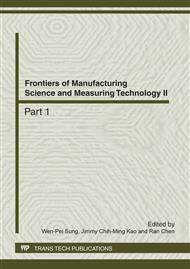p.1146
p.1150
p.1154
p.1158
p.1164
p.1169
p.1173
p.1177
p.1182
Influence of Crosswind to Automobile Interior Aerodynamic Noise
Abstract:
After a brief introduction about aerodynamic noise generation and transmission mechanisms, the influence of crosswind to vehicle interior aerodynamic noise for a production automobile sedan was investigated through full-scale aeroacoustic wind tunnel tests. Through analysis of sound pressure level of vehicle interior driver ear position and pressure fluctuation level on vehicle side window glass under different yaw angles, the following results are obtained: The frequency characteristics of vehicle interior aerodynamic noise vary as yaw angle changes under one certain wind speed. Whether on the leeside or by windward, sound pressure level increases as yaw angle goes up. Under the same yaw angle, interior noise level on the leeside is higher than that by windward. Test results between pressure fluctuation level on side window glass and vehicle interior aerodynamic noise of driver ear position show good correlation
Info:
Periodical:
Pages:
1164-1168
Citation:
Online since:
April 2012
Authors:
Price:
Сopyright:
© 2012 Trans Tech Publications Ltd. All Rights Reserved
Share:
Citation:


